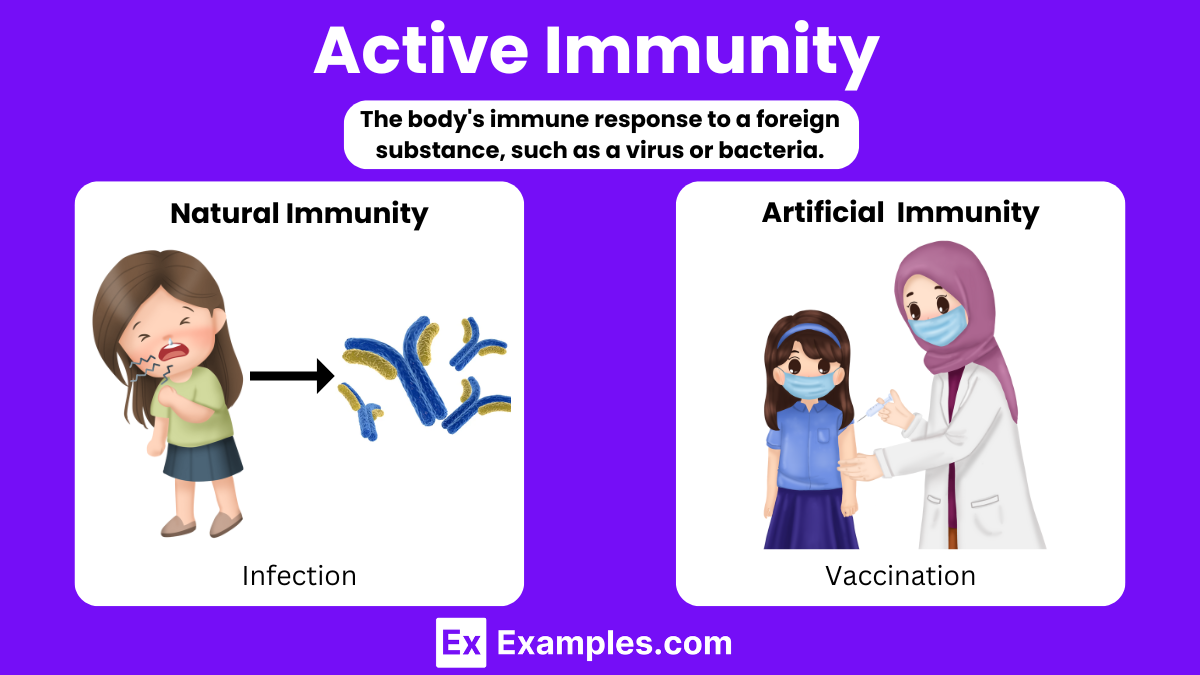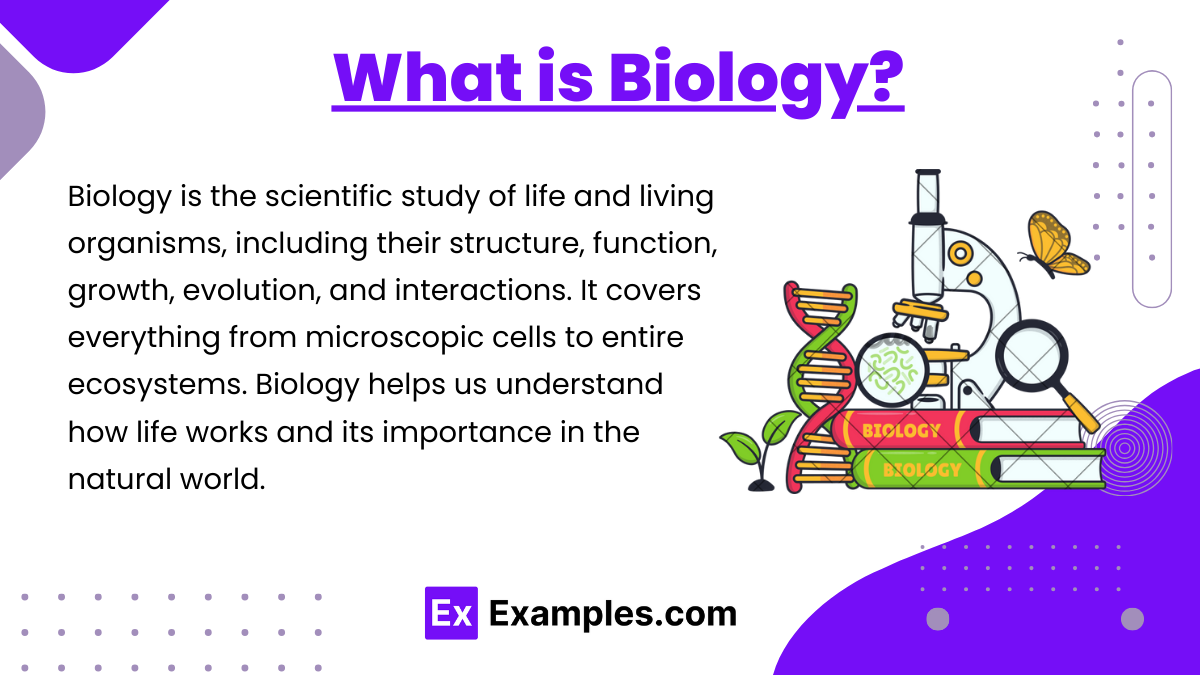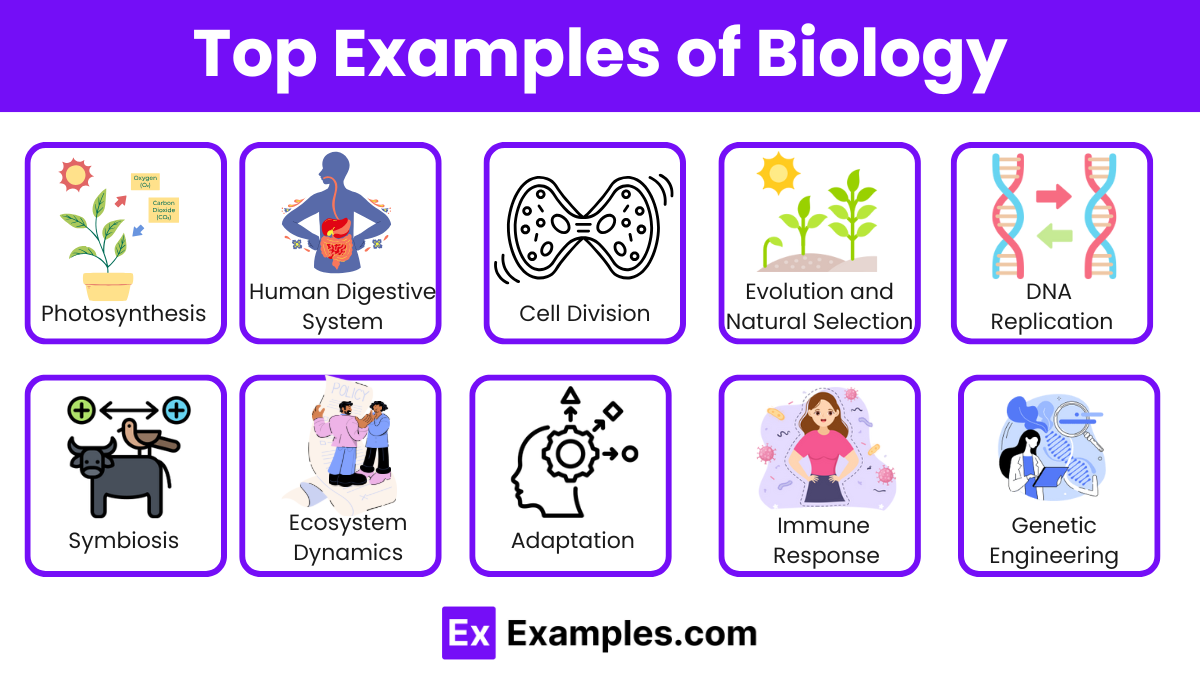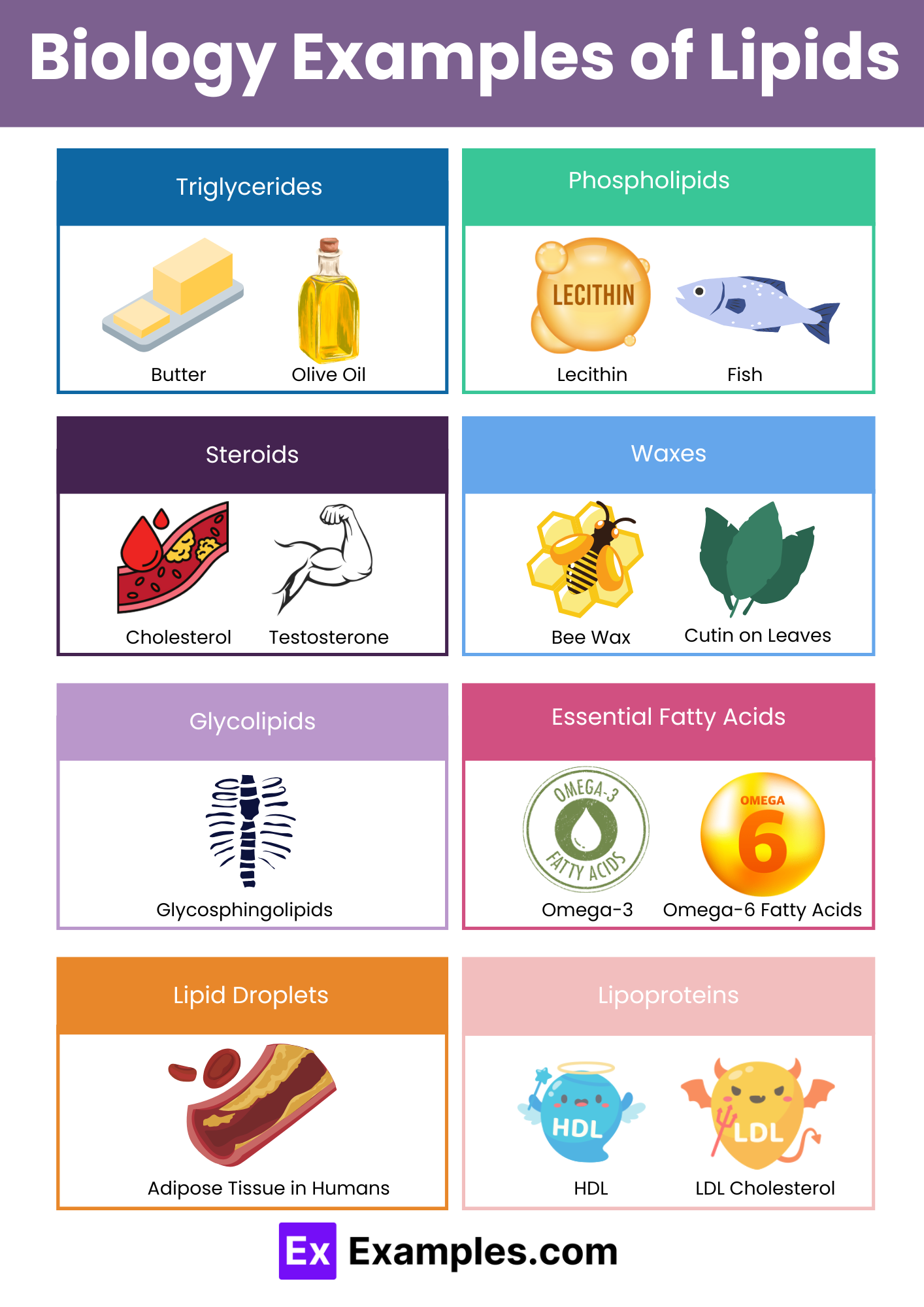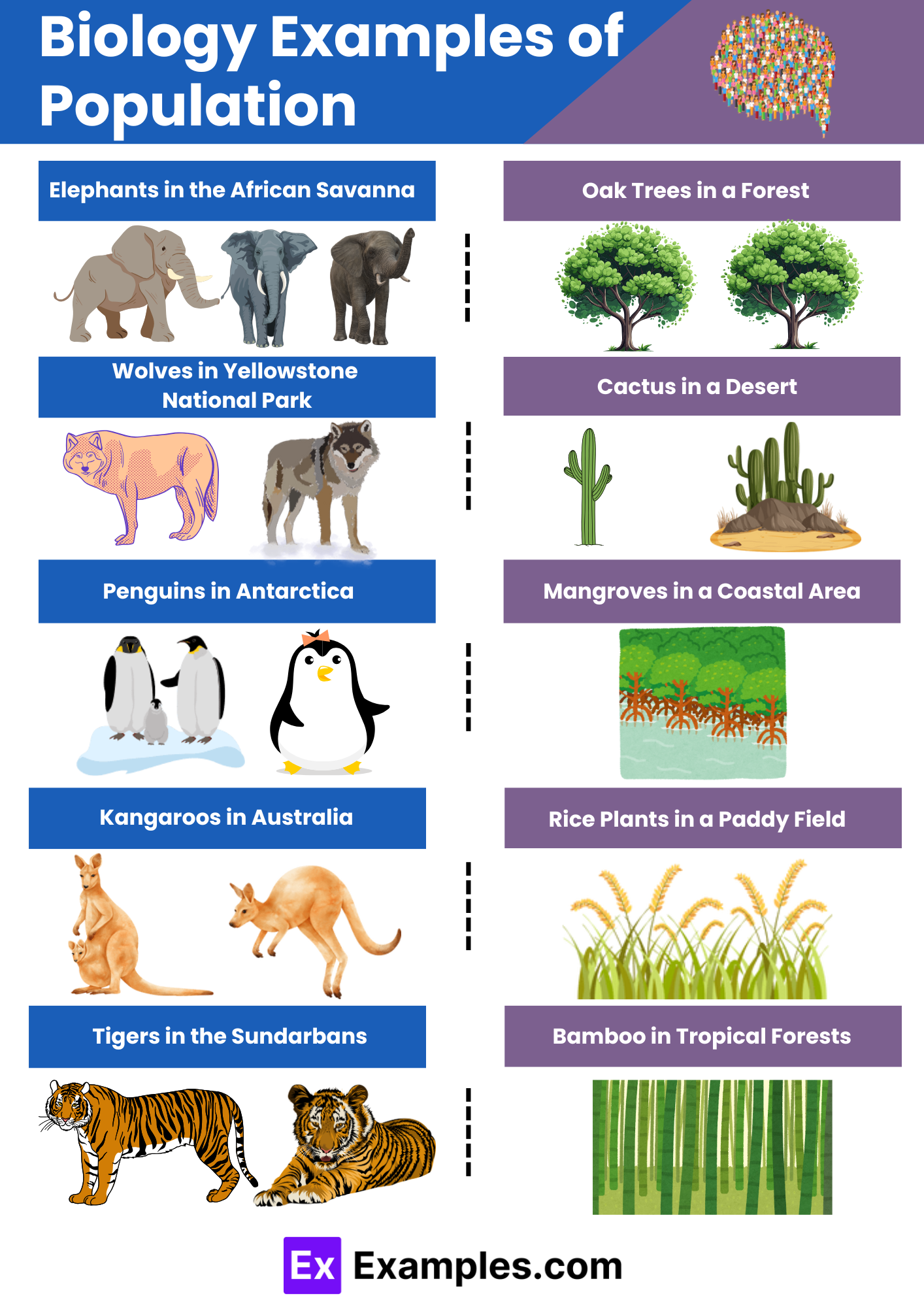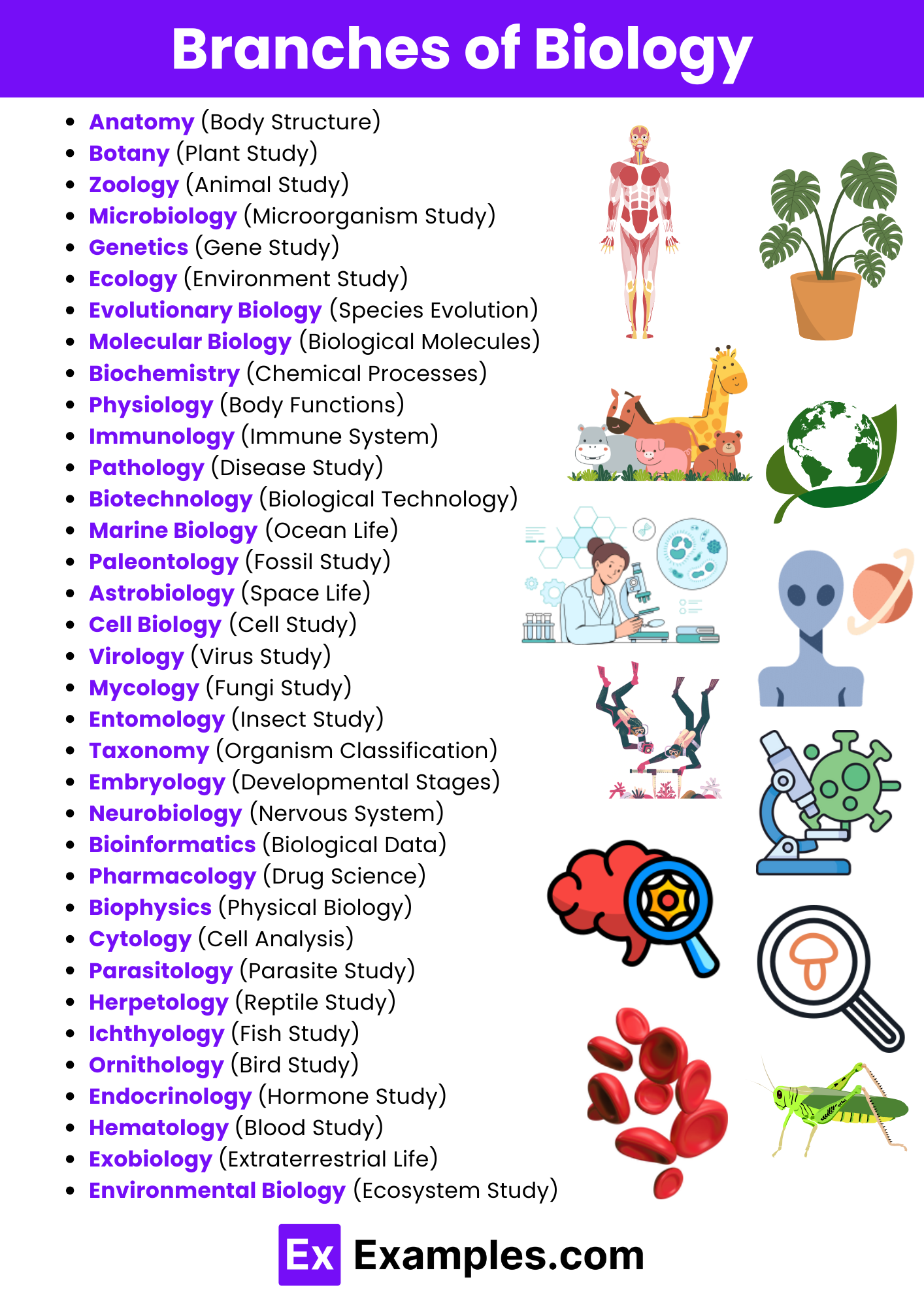Active immunity plays a crucial role in our body’s defense against infectious diseases. This biological process involves the production of antibodies in response to exposure to pathogens such as viruses and bacteria. By delving into how active immunity works, we can better appreciate its importance in maintaining our health and how it forms the basis for vaccines. This explanation will explore the mechanisms of active immunity, its benefits, and its vital role in protecting us from disease.
What is Active Immunity?
Active immunity is the protection developed when exposure to a disease triggers the immune system to produce antibodies. It can be acquired through natural infection or through vaccination. This type of immunity is long-lasting, and often life-long, providing a rapid response to future exposures to the disease. It can be developed in two primary ways:
- Natural Immunity: This occurs when a person is exposed to a live pathogen, contracts the disease, and then recovers from it. Through this process, the body learns to recognize and combat the pathogen effectively during future encounters.
- Vaccine-Induced Immunity: Vaccination introduces a killed or weakened form of the pathogen into the body, which stimulates the immune system to respond but does not cause the actual disease. This preemptive action helps prepare the immune system to fight the disease if the individual is exposed to the real pathogen later.
Natural Active Immunity
Natural active immunity occurs when an individual encounters a live pathogen, develops the disease, and subsequently recovers. During this encounter, the immune system reacts by producing specific antibodies and memory cells. These memory cells ensure the immune system is ready for faster and more effective responses to any future invasions by the same pathogen. For example, once someone recovers from chickenpox, their body usually maintains lifelong immunity against additional chickenpox infections.
Artificial Active Immunity
Artificial active immunity results from vaccination. Vaccines introduce weakened or inactivated parts of a particular organism (antigen) into the body, triggering an immune response. This immunity aims to mimic an infection, prompting the immune system to produce antibodies and memory cells without causing the full-blown disease. Consequently, if the vaccinated person later encounters the actual disease, their immune system recognizes and responds to it more efficiently. Examples include vaccines for polio, measles, and influenza. This method safely and effectively builds immunity without the individual experiencing the diseases.
Active Immunity Examples
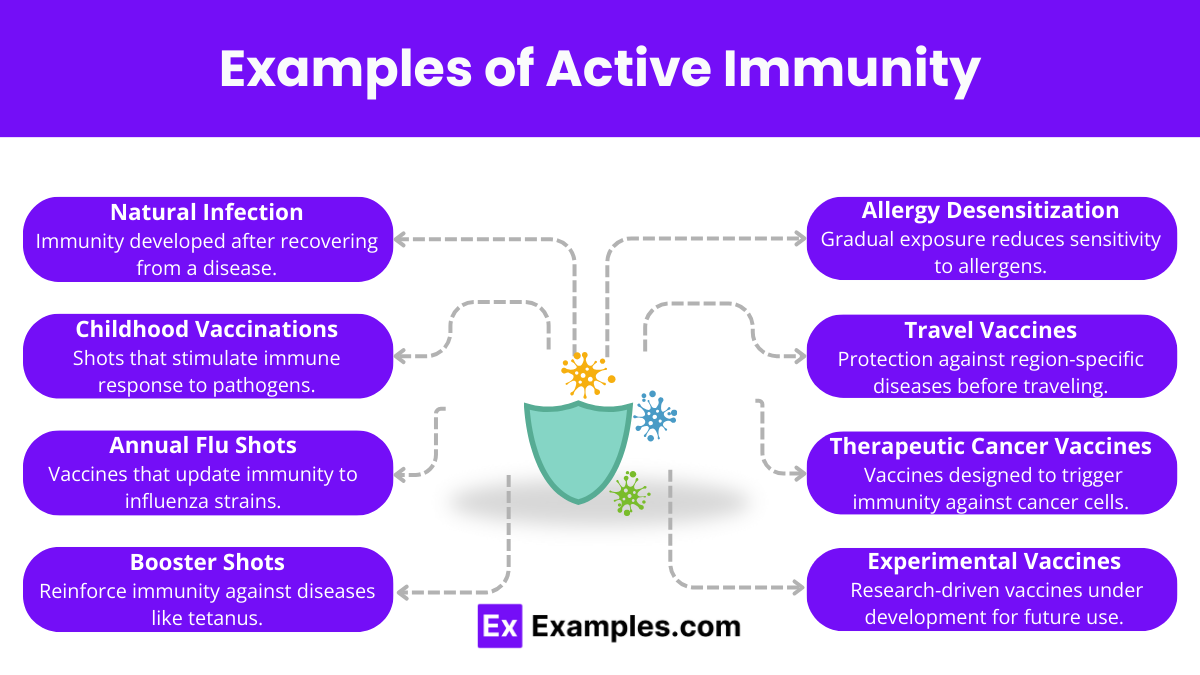
Active immunity is exemplified by a person’s resistance to specific diseases through two primary forms: natural and artificial. Natural active immunity develops when an individual is exposed to a disease organism through infection, leading to the natural production of antibodies. For example, surviving a bout of strep throat naturally triggers the body to build a resistance to future infections by that specific bacterium. On the other hand, artificial active immunity is acquired through vaccination, such as the administration of the polio vaccine, which safely stimulates the immune system to defend against actual infection without causing the disease. Both forms of active immunity are crucial in preventing disease and maintaining public health.
Types of Immunity
1. Innate Immunity
Innate immunity is the first line of defense and is non-specific, meaning it does not target specific pathogens. It includes physical barriers like the skin and mucous membranes, chemical barriers such as acids and enzymes, and cellular defenses like phagocytes and natural killer cells. This type of immunity is present from birth and responds immediately to a wide range of pathogens.
2. Adaptive (Acquired) Immunity
Adaptive immunity develops throughout our lives as we are exposed to diseases or immunized through vaccination. It is highly specific to particular pathogens and consists of two main types:
- Humoral Immunity (B-cell Response): This involves the production of antibodies by B cells. Antibodies are specific proteins that bind to antigens on pathogens to neutralize them or mark them for destruction by other immune cells.
- Cell-mediated Immunity (T-cell Response): This does not involve antibodies but relies on T cells to destroy infected host cells, activate other immune cells, and regulate the immune response.
3. Passive Immunity
Passive immunity occurs when a person is given antibodies rather than making them through their own immune system. This can happen naturally, as when a mother’s antibodies are transferred to her baby through the placenta or breast milk, or artificially, through treatments like immunoglobulin therapy or antiserum administration. Passive immunity provides immediate but temporary protection.
4. Active Immunity
Active immunity arises when the body produces its own antibodies in response to the presence of a pathogen. This can be stimulated by natural infection or by vaccination. Active immunity tends to develop over time but offers long-lasting, sometimes lifelong, protection.
Development of Adaptive (Active) Immune Response
The adaptive immune response takes longer to develop than the innate immune response, usually about 1 to 2 weeks to fully work. In contrast, the innate immune system can kick in within twelve hours. A key part of the adaptive immune system is its ability to remember the germs it fights, which can offer lifelong protection against them. Active immunity can happen naturally, like when a child gets and recovers from chickenpox, leading to a specific response to the virus. It can also come from vaccines like the chickenpox shot, which prepares the immune system to fight the disease without causing illness.
Organ Systems Involved
- Thymus: The thymus is essential for developing T-cells, which are important for immune response. It helps stop the body from attacking itself by removing cells that might cause harm.
- Lymph Nodes: Lymph nodes help coordinate the body’s immune response by bringing together different immune cells. They hold B cells, dendritic cells, and macrophages in their outer parts, and T cells and plasma cells in their inner parts, all of which help fight infections.
- Spleen: The spleen works like the lymph nodes. Its white part has T cells and B cells. The centers there have memory cells and other immune cells that keep the immune response strong over time.
Function
Active immunity is a detailed defense system that finds and removes infection-causing germs. This process uses more energy than the initial defenses but kicks in for germs that those defenses can’t handle well. The protection it provides lasts a long time and is important for keeping the body safe from specific germs.
The Primary Purpose of Adaptive Immunity
The primary purpose of adaptive immunity is to provide the body with a specialized, targeted defense against specific pathogens, ensuring long-term protection. Adaptive immunity develops as the immune system encounters and responds to foreign invaders like bacteria, viruses, and toxins. It utilizes highly specific immune cells and molecules, such as T cells and antibodies, which recognize and remember specific antigens. This memory allows the immune system to mount a faster and more effective response during subsequent encounters with the same pathogen, often preventing the disease from developing or reducing its severity. Essentially, adaptive immunity is crucial for durable immune protection, allowing individuals to resist repeated infections by the same organism.
Benefits of Active Immunity
Active immunity offers several significant benefits that contribute to both individual and public health:
- Long-lasting Protection: Active immunity often provides long-term, sometimes lifelong, protection against pathogens. After the initial exposure to the antigen, whether through natural infection or vaccination, the immune system develops a memory that enables quicker and more effective responses to future exposures.
- Prevention of Disease Transmission: By conferring immunity on individuals, active immunity helps reduce the spread of infectious diseases within a community. This is particularly vital in controlling outbreaks and achieving herd immunity, where a large portion of a community becomes immune, indirectly protecting those who are not immune.
- Cost-Effective Health Strategy: Vaccinations, a form of artificial active immunity, are a cost-effective method of preventing diseases. They reduce the need for expensive healthcare interventions by preventing illnesses that would require hospitalization, long-term care, or advanced treatments.
- Promotion of Public Health: Active immunity supports public health initiatives by lowering the overall incidence of diseases, reducing morbidity and mortality associated with infections, and contributing to the eradication of diseases.
- Adaptability: Active immunity, particularly through vaccination, can be adapted to combat new pathogens as they emerge. Modern medical technology allows for rapid development of new vaccines in response to evolving threats, such as new strains of viruses.
FAQs
What are the Differences Between Active and Passive Immunity?
Active immunity develops from exposure to pathogens or vaccines, lasting long. Passive immunity comes from external antibodies, providing short-term protection.
What is Passive Immunity?
Passive immunity involves receiving antibodies from another source, offering immediate but temporary disease protection.
What is the Definition of Active Immunity Quizlet?
Active immunity is immunity formed by the body producing antibodies in response to exposure to an antigen.
How Effective is Natural Active Immunity?
Natural active immunity is highly effective as it provides long-lasting protection following recovery from an infection.
What are Examples of Active Immunity?
Examples of active immunity include recovering from infections like chickenpox or receiving vaccines like MMR (measles, mumps, rubella).



